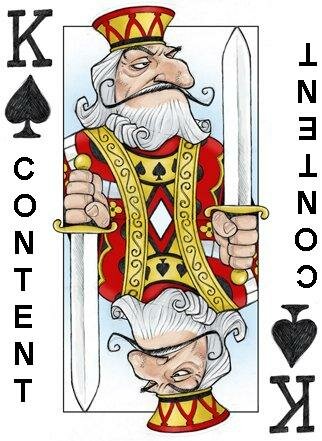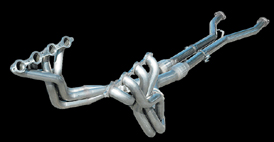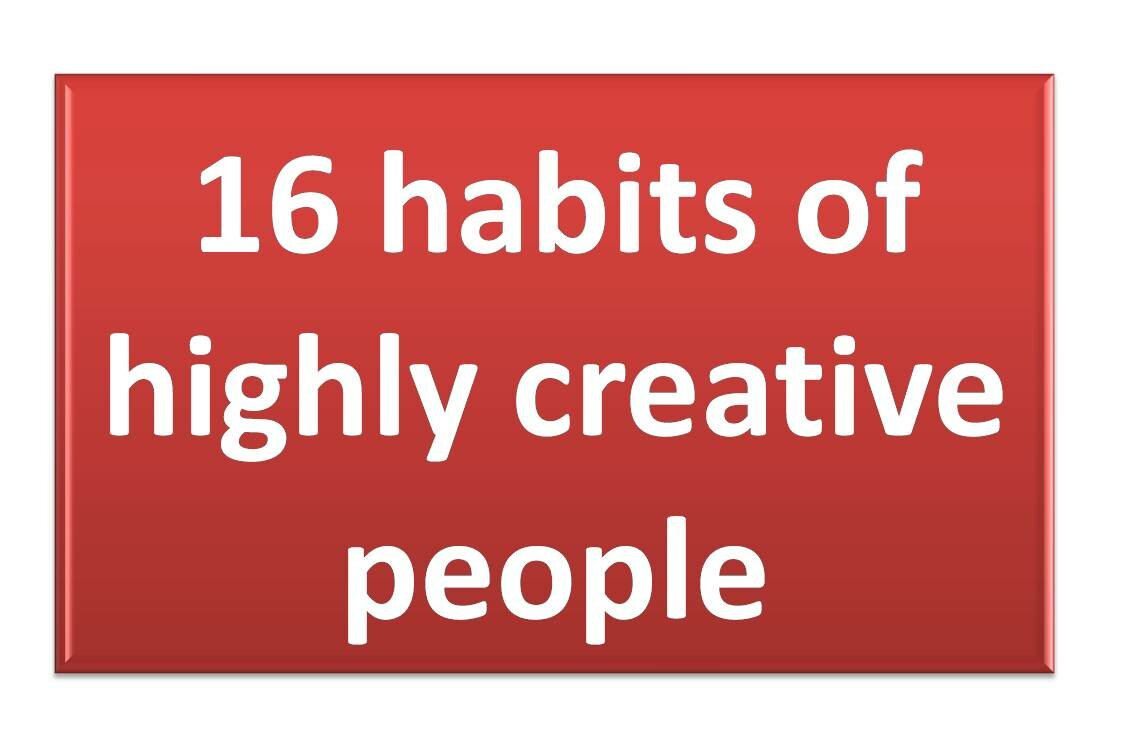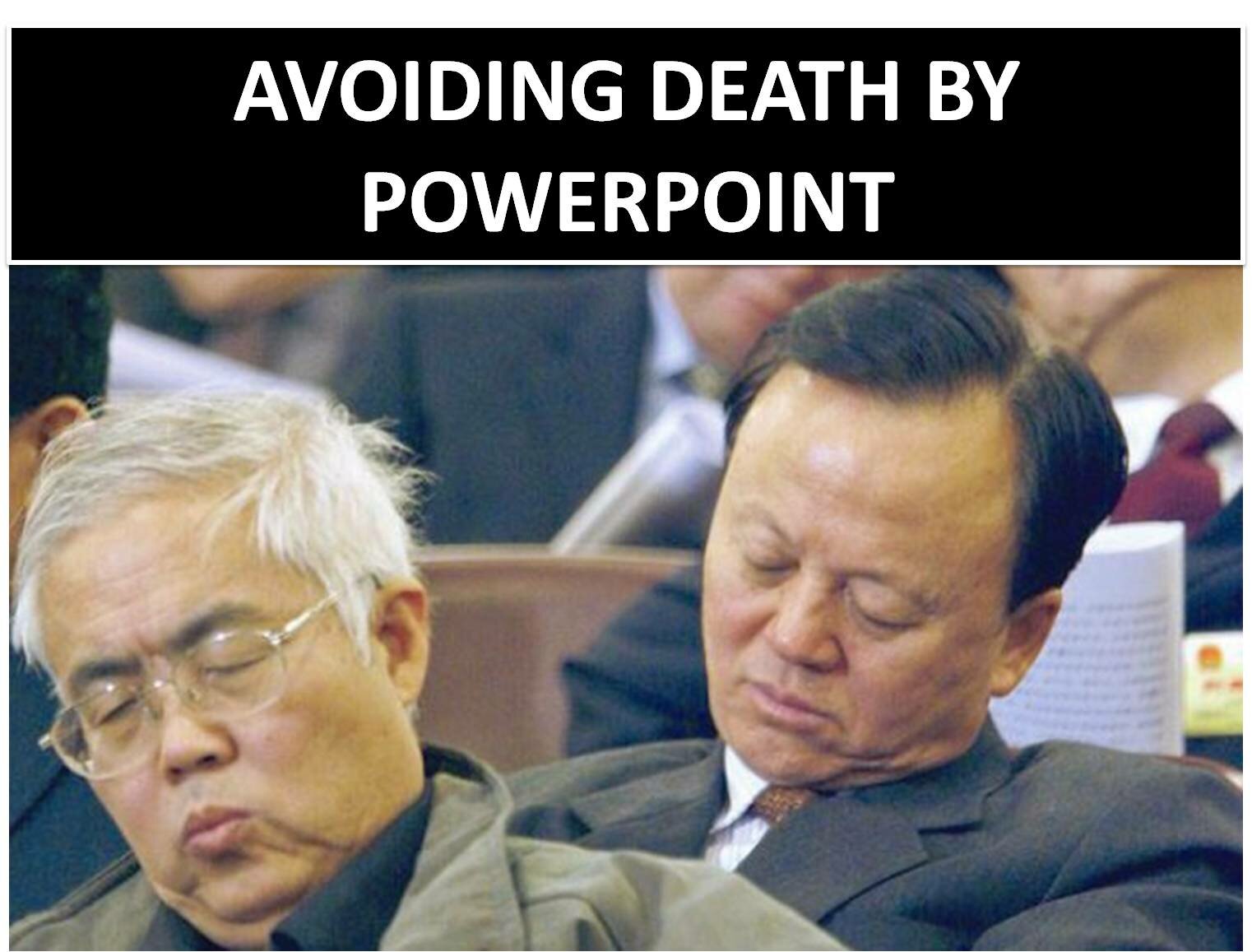Resolving the morale issue at work
|
|||||||||
Drew Stevens PhD | Jan 09, 2009
 Emerson states, “Nothing great was ever achieved without enthusiasm”. A majority of the issues related to worker productivity stem from enthusiasm or the lack thereof. Individuals simply go to work despite their abhorrence of their employer, the monotony, and the products. There is no passion or pride.
Emerson states, “Nothing great was ever achieved without enthusiasm”. A majority of the issues related to worker productivity stem from enthusiasm or the lack thereof. Individuals simply go to work despite their abhorrence of their employer, the monotony, and the products. There is no passion or pride.
Much of this issue stems from practices embedded within an organizational culture affecting morale and productivity. These include:
• Leadership not serving as exemplars – some leaders today are narcissists, demeaning and ruthless. More importantly, leaders’ salaries can exceed employee pay by 425 times the average worker. Leaders need to act in harmony with employees and ensure equal treatment of all. Cultures where this practice occurs frequently include McDonalds, Fed Ex and UPS where employees and management are one.
• Little or no accountability – the United States economic system is currently in financial turmoil and no one is accountable.
• Career planning and succession planning is null – simply put there is no succession planning. Most CEOs and senior managers join an organization from competitive industries and companies. Whatever happened to the mailroom climb?
• Too many silos and departmental infighting – companies are in business for one reason – to create clients. End the infighting and focus on the most vital asset! When the fighting ends (and everybody understands their reason for being employed) perhaps harmony arrives.
Causes of low morale correlate to the organization, its culture, and its management. After 25 years of research in this area, we find five factors contributing to organizational morale. A study by the Corporate Leadership Council reveals the tremendous impact managers have on an employee’s level of commitment. It is imperative to note that individuals do not leave companies – they leave poor managers. Organizational mismanagement contributes to negative morale. As recent as 2006 the Gallup Organization estimated there were 32 million actively disengaged employees costing the American economy up to $350 billion per year in lost productivity. Such loss includes absenteeism, tardiness, and poor work.
To dilute the productivity impact, research shows that taking time to build relationships with employees through personal interaction, is a key step managers can take to keep morale high. Employees need to feel trust and respect from their managers. Employees desire feedback from management to understand their work matters.
Ending the morale issue is not easy but there are cures.
1. Begin with talent acquisition – start with the right people. No firm we work with ever hires on a proactive basis. Most firms conduct employment searches reactively. Seek employees that fit with the organizational culture and with the obligatory skills. Never wait!
2. Hire for skill – talent is innate. Organizations hire for personality and behavior first and skill second. Skill is not interchangeable, behavior is. A great hire might have a wonderful temperament and lack the skill to plug a socket into an outlet. I recall a five star hotel that sought advice to correct housekeeping flaws. After five minutes, it was easy enough to terminate staff and find those without flaws.
3. Look at best practices from best people – management focuses on “fixing those that cannot” rather than “improving those that can”. Icons of performance exist in your organization. Discover what they do right and encourage others to emulate it.
4. Passion –in the 1980’s Sylvester Stallone appeared again as Rocky this time with a theme, “Eye of the Tiger”. What a great metaphor for valuable talent. Seek to acquire talent that truly loves work. Passion too is innate. Employees must love what they do and how they do it. When passion is high, so too is morale.
5. Focus on the customer – managers, the organization, and the employees must vehemently focus on the customer. Remember Winnie the Pooh, try finding Eeyore amongst staff at Disney; Southwest Airlines and FedEx, all intensely focus on servicing the client.
Lastly, managers must constantly strive to provide feedback to employees. Feedback is not an annual performance review event. It is imperative that daily communication exists for good information and improvement. Coaching, counseling, and mentoring are components of organizational morale. In addition, many attend church and hear the words, “It is right to give thanks and praise”. Many watch professional sports and view coaches coddling athletes. We can learn something here; simple words of thanks and praise constantly improve morale and employee relationships.
Finally, the first item terminated during economic volatility is training. Research finds that employees are assets and require that treatment. Never stop training; this improves productivity and morale at all times.
Issues of low morale and productivity are onerous, volatile, and difficult to control. There is a need for management, the organization, and the individual to assist with success factors. Much is dependent on the desire to change; methods chosen and consistent follow through. However, if you do nothing you still have a morale issue. Take the time, seek remedies, and keep morale high. Doing so, lowers attrition, improves productivity, increases profitability and most importantly- reduces stress.
–
Drew Stevens is a business growth expert. He speaks and consults around the world for organizations that require expertise in leadership and marketing. Visit Drew at www.drewstevensconsulting.com/freestuff and get hundreds of dollars in FREE selling tips.
Filed Under: Miscellaneous
|
|||||||||


















